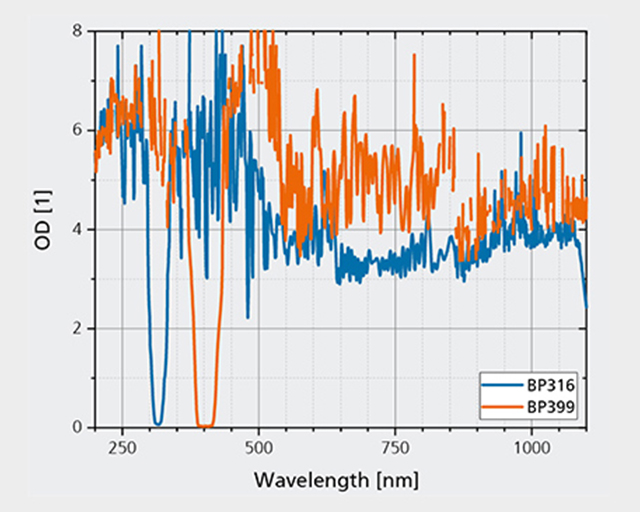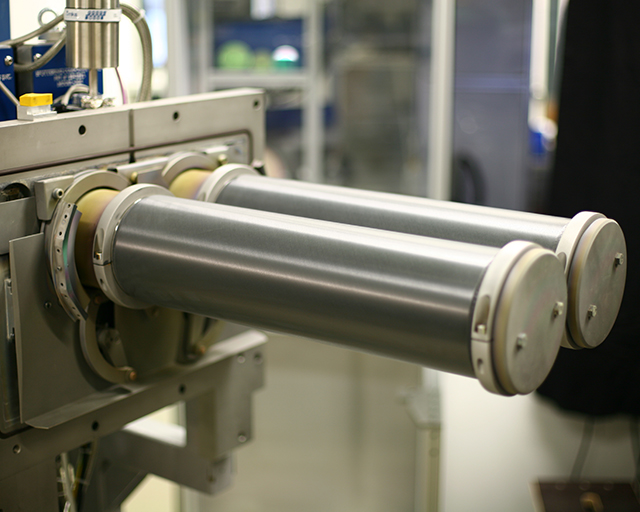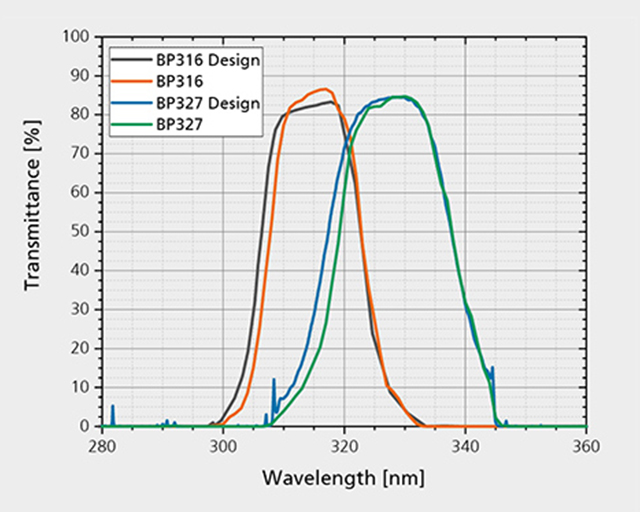
UV bandpass filter for sun observation

In June 2022, the balloon-borne solar observatory “Sunrise III” is scheduled to begin its journey. The aim of the mission is to investigate the magnetic fields and convective plasma flows of the lower solar atmosphere. On board are bandpass filters developed and manufactured at the Fraunhofer Institute for Surface Engineering and Thin Films IST; their task is to restrict the wavelength range on the detectors to the wavelengths which are to be investigated and to block higher orders.

Bandpass filters block light from the UV to NIR spectral range
Within the framework of the “Sunrise III” mission, the sun will be studied using a telescope from a flight altitude of around 37 kilometers. The central component is the UV spectropolarimeter (SUSI) built by the Max Planck Institute for Solar System Research. This will be used to study the 300 to 430 nm range, which is not possible from Earth due to disturbance caused by the atmosphere. In addition to high sensitivity in the ultraviolet spectral range, low noise levels are also required.
This is ensured by the bandpass filters developed at the Fraunhofer IST. The scientists at the Institute have calculated a layer design for a total of four bandpass filters with central wavelengths between 399 nm and 316 nm and a minimum transmission of 80 percent. Together with the required blocking of up to OD5 in the range from 200 to 1100 nm, more than 200 layers with a total thickness of 21 to 23 µm were required in each respective case. A special feature is that bandpass and blocker were applied on one side in order to avoid multiple reflections. On the reverse side, one silicon oxide layer was applied for stress compensation, together with an anti-reflective system consisting of four layers. As a result, the back reflection in the transmission wavelength range could be held below 0.2 percent.

Properties of the bandpass filters and the associated layer design:
Central wavelength (CWL) |
Full width at half maximum (FWHM) |
Layers |
Total thickness |
|---|---|---|---|
316 nm |
18 nm |
252 |
21.6 µm |
327 nm |
20 nm |
230 |
21.3 µm |
355 nm |
24 nm |
216 |
21.3 µm |
399 nm |
32 nm |
227 |
23.4 µm |


Production of the bandpass filters
The filters were deposited on the EOSS® coating system (Enhanced Optical Sputtering System) developed at the Fraunhofer IST. Coatings for filters in the ultraviolet spectral range must fulfill special requirements, as below 400 nm the absorption and scattering increase significantly. During the production of the filters for the “Sunrise III” mission, the Fraunhofer IST relied on new material. Whilst the established tantalum oxide (Ta2O5) could still be used for the 355 nm and 399 nm filters, novel tube targets made from zirconium oxide (ZrO2) were utilized for the other two. The oxygen present in the target and its particularly high purity therefore enable high transmission and low absorption in conjunction with oxidation through an RF plasma source. Zirconium is significantly less expensive than the often-used hafnium. Zirconium coatings were realized through co-sputtering of silicon. In order to avoid crystallization and resulting stray light, the ZrO2 coatings contain a few percent SiO2.
Broadband monitoring - MOCCA+® for process monitoring
The coating process was monitored and controlled in each case using the monitoring system MOCCA+® (Modular Optical Coating Control Application), which was also developed at the Fraunhofer IST, including several test-glass changes. The transmission measurements for the calculation of the respective current coating thickness were carried out in the range from 380 to 1650 nm. The fitting range of three filters was therefore outside the measurement range. Nevertheless, the position and shape of the filters could be realized in very good conformity with the design.
Summary and outlook
Through the process development with zirconium oxide tube targets, the possible spectral range for optical coatings was extended in the direction of UV, and precise control of coatings was also realized outside the spectral range measured during coating. This presents new opportunities for the design and deposition of interference filters.
The project
The work was funded by the German Federal Ministry of Education and Research (BMBF) within the framework of the “EPIC-Lens“ project (FKZ 13N14583), and by the Max Planck Institute for Solar System Research within the framework of the “Sunrise III” project.
This article is part of the annual report 2020.

